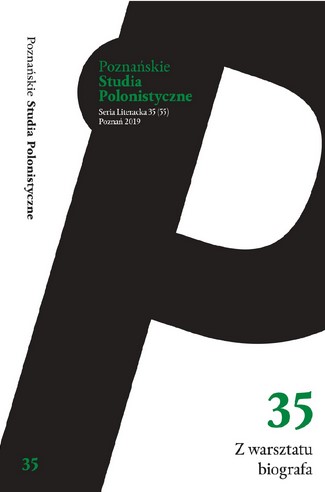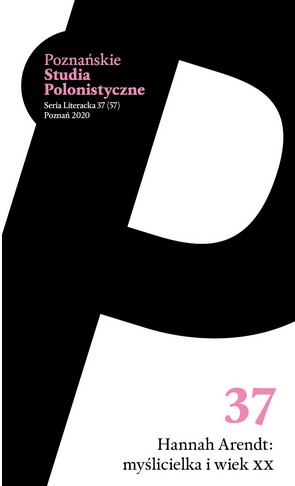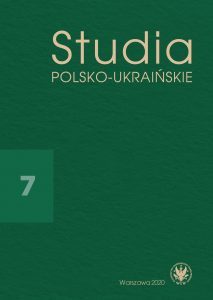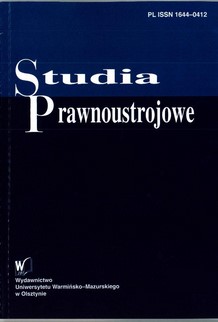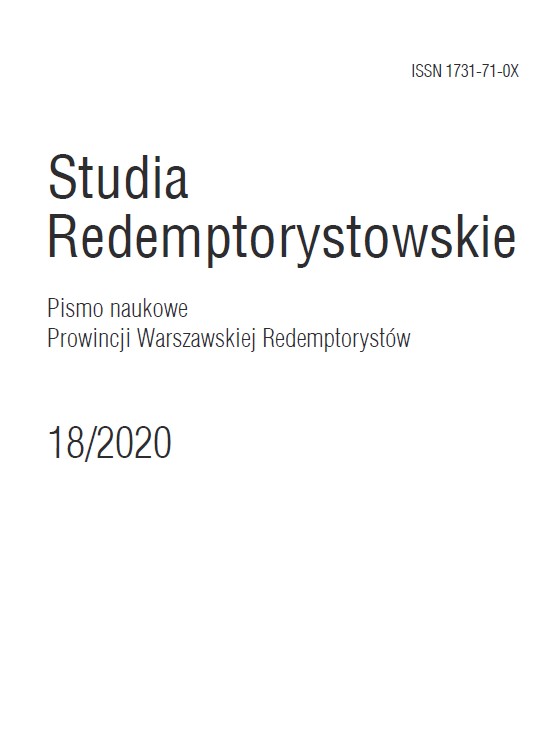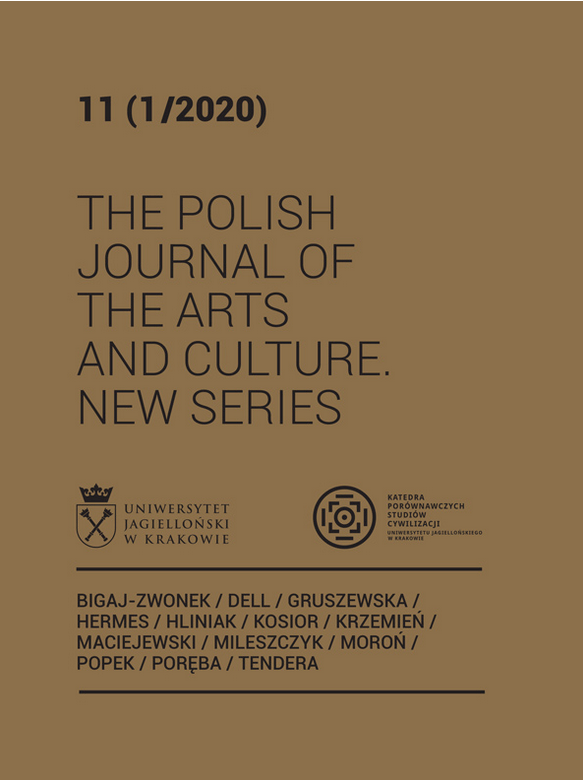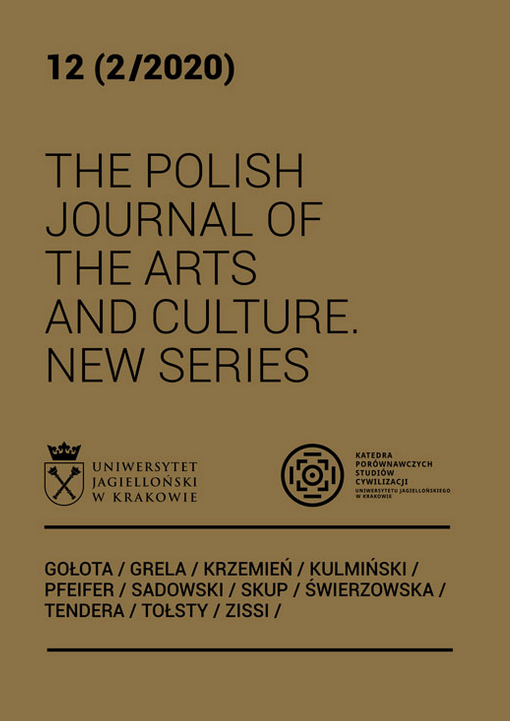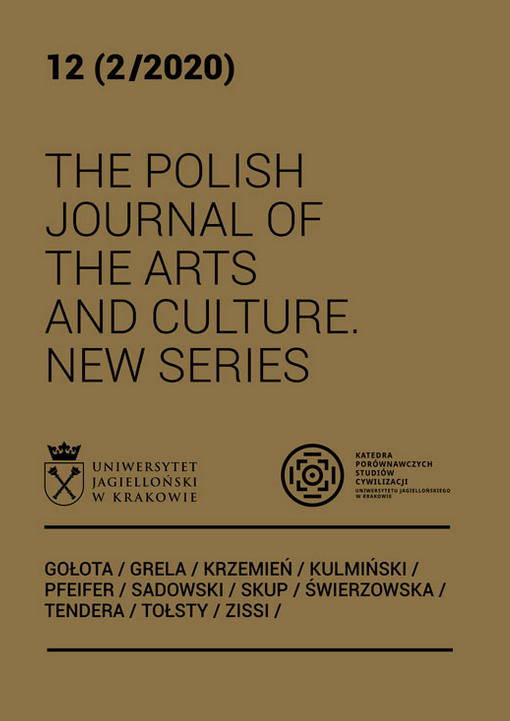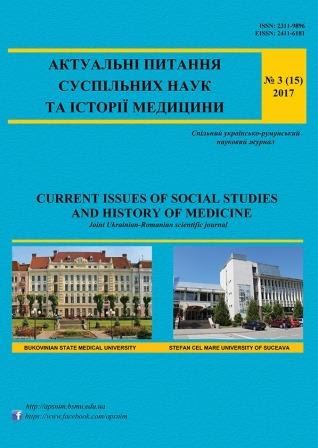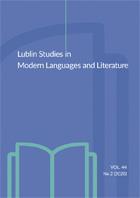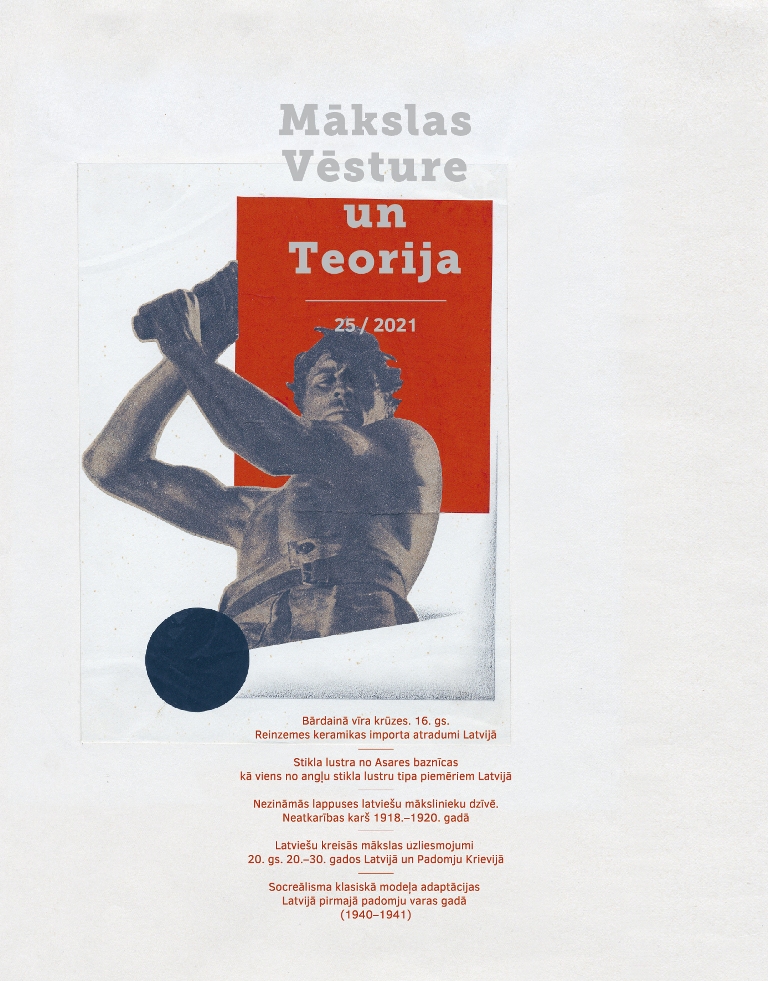
Nezināmās lappuses latviešu mākslinieku dzīvē: Neatkarības karš 1918.-1920. gadā
From the summer of 1919, the Latvian War of Independence (1918–1920) and Provisional Government had the nation's relatively strong support. In the autumn of 1919, the German-Russian Western Russian volunteer army led by Pavel Bermondt was completely driven out of the territory of Latvia as was the Red Army of Soviet Russia in early 1920. Most of the Latvian population took part in the struggle for independence, and some of them were forced to stand in the ranks of opponents of Latvian statehood (Army of Soviet Latvia and Red Army of Soviet Russia) for some time, which was determined by the difficult military-political situation in the region and Latvia. Already during the First World War, most Latvian men in the age group suitable of military service were in the service of the Russian army. The new generation of Latvian artists formed a very specific and important, albeit relatively small contingent. In addition, during their military service in the Russian army and then in other armed formations, some of them continued to maintain active mutual contacts and, as far as possible, to engage in art. The aim of the article is to reflect the hitherto unknown pages in the life of Latvian artists during the Latvian War of Independence, when many of them directly participated in important yet insufficiently researched episodes of this important process. In this way, both the body of biographies of prominent artists (reflecting aspects of their lives that have been insufficiently researched for various reasons) and the understanding of the history of the War of Independence in general are significantly supplemented. The aim has been addressed by paying attention to the representatives of the field of fine arts. Artists became involved in the events of the Latvian War of Independence since the beginning of the country's existence. Although many artists were forced to serve in the Army of Soviet Latvia from which most deserted in May and June of 1919, many others remained and continued their service. The deserters immediately joined the Latvian state service, many took part in battles, and many, like Captain Otto Skulme, were attached to the Latvian War Museum, directly participating in its formation.In general, Latvian artists actively participated in all processes taking place during the First World War and the subsequent War of Independence; apart from serving in the armed forces, artists were involved in much larger numbers than had been previously known. Due to the specifics and importance of the professional field in conditions of modern warfare, in quite a number of cases they managed to avoid participating in direct combat, both during the First World War and the War of Independence, but not always. In addition, the painter Captain Otto Skulme is to be considered not only a heroic and experienced combat officer (as evidenced by the Order of St. George of Russia), but during the War of Independence he was also one of the first directors of the Latvian War Museum together with Professor Kārlis Straubergs. Latvia's young representatives of the fine arts formed a certain group of society connected by corporate ties (many of them were associated by joint studies in various specialized educational institutions, such as the Stiglitz Drawing Academy in St. Petersburg/Petrograd). This group is an excellent example that demonstrates the active civic position of the Latvian intelligentsia, in this case painters and sculptors, on the issue of Latvia's independence. The work and life of Latvian painters and sculptors during the period under review vividly illustrates the fate of the generation that suffered the most during the World War, as well as in the ensuing conflicts and their consequences. They died in the war and its aftermath, were taken prisoners in or after the First World War, were killed (like Ernests Stenders) or died in disease epidemics (like Jāzeps Grosvalds in the diplomatic service, Jēkabs Kazaks - from tuberculosis shortly after the War of Independence) etc. The biographies of many artists still contain large "white spots" of unknown facts, due in the first place to the Soviet period, when the authorities tried not to mention or even hide "politically unfavourable" evidence of service in the Latvian army or Russian anti-Bolshevik forces during the War of Independence and the Russian Civil War. However, unveiling service records clearly confirms that among Latvian painters and sculptors during the War of Independence, similarly to the nation as a whole, there is evidence of some political confusion in the complex and in many ways misleading military-political situation in Latvia and Russia. In some cases, a gradual return to the ideals of independence is to be seen, when returning home after the War of Independence from Russia.
More...
